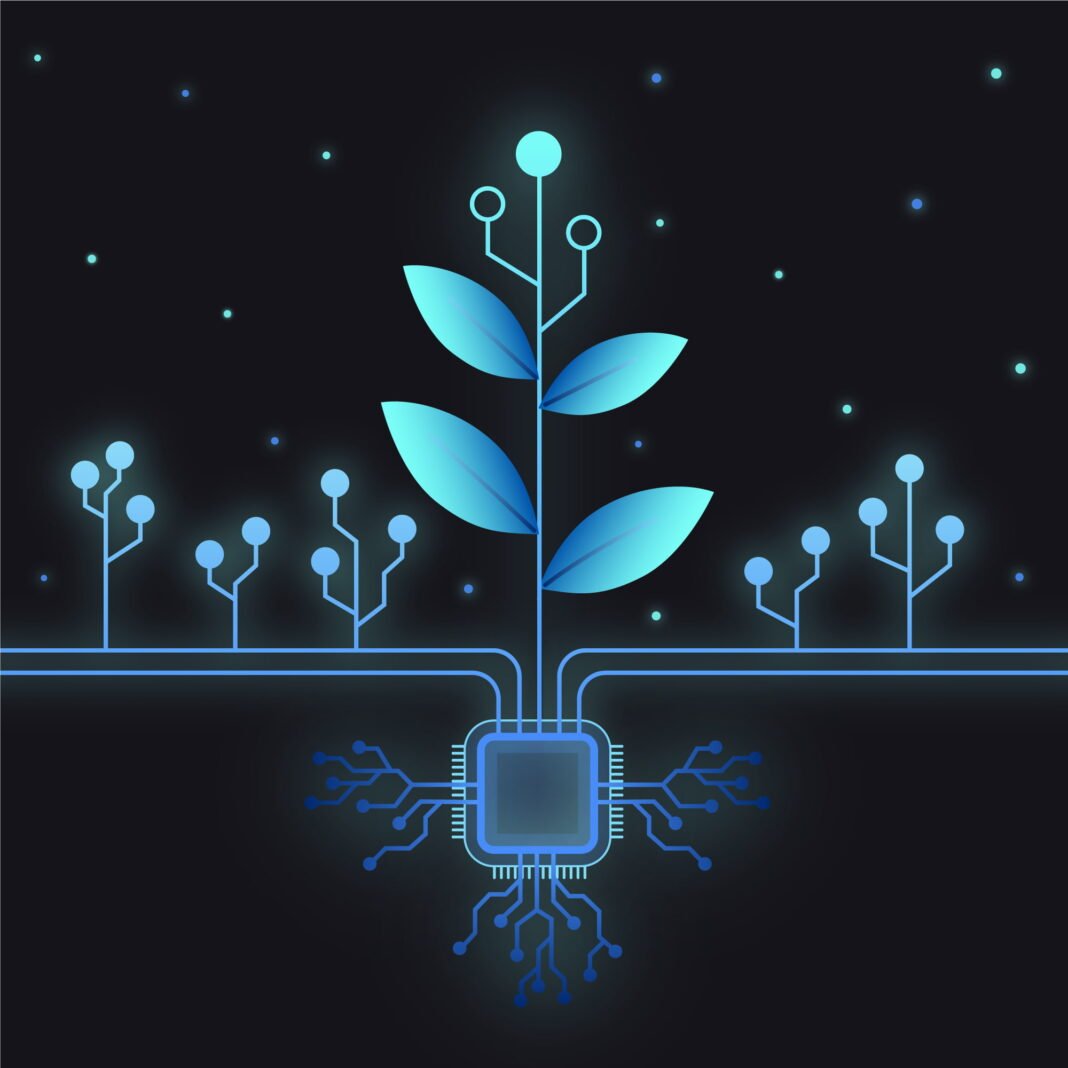AI and Clean Energy are among the most impactful forces shaping our future landscape.
On one side, the worldwide shift towards clean energy is rapidly gaining momentum. Solar panels, wind turbines, and electric vehicles are taking the place of fossil fuels, ushering in a new age of sustainability.
Conversely, artificial intelligence is becoming increasingly integrated into almost every industry, ranging from healthcare to transportation and finance.
However, as both movements expand, they are coming into conflict over a crucial shared resource essential minerals.
This rivalry is not merely technical; it encompasses geopolitical, economic, and strategic dimensions.
While both clean energy and AI hold the promise of a brighter future, their simultaneous demand for overlapping mineral supplies may lead to significant challenges if not managed effectively.
The Escalating Demand for Essential Minerals
Clean energy technologies require a considerably larger quantity of minerals compared to conventional energy sources. For example, an electric vehicle utilizes around six times more minerals than a traditional gasoline-powered vehicle.
Wind energy facilities need close to nine times more minerals than a natural gas power plant. Since 2010, the mineral requirements for each new power facility have increased by 50%, mainly due to the rise in renewable technologies.
These sustainable technologies depend on specific materials. Lithium, cobalt, nickel, manganese, and graphite are essential for battery production.
Rare earth elements are critical for the motors of electric vehicles and the magnets in wind turbines.
Additionally, copper and aluminum are fundamental to power grids and transmission lines, with copper being especially vital for nearly all renewable technologies.
According to the International Energy Agency (IEA), by the 2040s, clean energy could comprise over 40% of the global demand for copper and rare earths, 60 to 70% for cobalt and nickel, and up to 90% for lithium.
Currently, electric vehicles and batteries consume more lithium than consumer electronics, and this pattern is anticipated to continue growing.

AI and Clean Energy Increasing Influence on Mineral Demand
Although the clean energy transition has been underway for several years, the impact of AI on mineral demand is more recent but it is escalating rapidly.
The rise of data centers, AI processors, and high-speed networks is generating a surge in demand for the same minerals that are utilized in renewable energy infrastructure.
What complicates matters is that the mineral consumption associated with AI infrastructure is more challenging to measure.
Various types of data centers employ different configurations of chips, processors, and cooling systems.
Nevertheless, it is evident that they all require substantial quantities of materials such as copper, aluminum, silicon, gallium, and rare earth elements.
Copper is essential for the power distribution and high-speed cabling in data centers. Aluminum is favored for its lightweight and heat-dissipating characteristics in server components.
Silicon forms the core of chips and memory modules, while gallium-based compounds contribute to the creation of energy-efficient, high-performance processors.
Rare earth elements like neodymium and dysprosium are crucial for fans, motors, and magnetic components.
Forecasts indicate that by 2030, data centers powered by AI could account for 2% of the worldwide demand for copper and silicon, over 3% for rare earth elements, and a remarkable 11% for gallium.
While these figures may appear minor, on a global scale, they equate to hundreds of thousands of tonnes of required minerals.
Global Strains and Export Limitations
Recent developments have underscored the fragility of these supply chains. In late 2024, China enacted export restrictions on gallium, germanium, and antimony due to trade tensions with the U.S. matter, gallium prices outside of China more than doubled within a few months.
Following this, additional restrictions were placed on materials such as graphite, tellurium, and bismuth minerals vital for both defense and digital technology.
These actions are transforming global mineral markets. They highlight the necessity for diversification and strategic planning by nations reliant on imports.
Without reliable access to these resources, both AI advancement and sustainable energy growth could encounter significant obstacles.
Expert Editorial Comment
As competition escalates, securing mineral resources becomes more than just a supply chain challenge it is a strategic necessity.
Policymakers and industry leaders must take measures to lessen reliance on a few suppliers, promote domestic mining where environmentally appropriate, and bolster investments in recycling initiatives.
Extracting lithium, cobalt, and earth rares from used batteries and electronics could alleviate the strain on raw mineral supplies.
Concurrently, innovations in alternative materials and more efficient resource utilization could lower overall demand.
International collaboration will also be essential. Nations must work together to guarantee equitable access to minerals and create transparent, stable markets.
Without such coordination, the rivalry between AI and Clean Energy may hinder global achievement.

